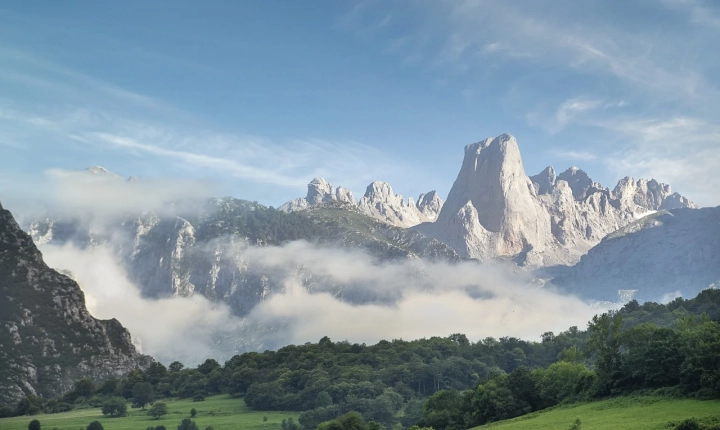With the advancements in artificial intelligence and image generation technology, it has become increasingly difficult to discern whether a photo is real or AI-generated. The rise of deep learning algorithms and generative adversarial networks (GANs) has made it possible to create incredibly realistic images that can be mistaken for photographs taken in real life. This has raised concerns about the potential misuse of AI-generated images for misleading or deceptive purposes.
As a result, it has become important for individuals to be able to distinguish between AI-generated and authentic photos. Here are some methods that can help in determining whether a photo is likely to be AI-generated:
1. Look for imperfections: While AI-generated images can be very convincing, they often lack imperfections that are typically present in real photographs. Look for inconsistencies in lighting, reflections, and shadows, as AI models may struggle to accurately replicate these elements.
2. Check for unusual details: AI-generated images may contain unusual or unrealistic details that wouldn’t typically be present in real photographs. Pay attention to any elements that seem out of place or don’t match with the context of the image.
3. Use reverse image search: One way to determine if a photo is AI-generated is to conduct a reverse image search using tools like Google Images or TinEye. If the image has been used in multiple contexts, it may indicate that it is not a genuine photograph.
4. Examine metadata: Metadata embedded in images can provide valuable information about the origin of a photo. This can include details about the camera used, the date and time the photo was taken, and even the location. AI-generated images may lack this metadata or contain inconsistencies that raise suspicion.
5. Consider the context: Evaluate the context in which the photo is being presented. If the image is part of a news article, advertisement, or social media post, consider the source and the likelihood of AI-generated content being used in that context.
6. Use specialized tools: There are now emerging tools and software designed to detect AI-generated images. These tools use various techniques, such as analyzing patterns and artifacts in the image, to determine whether it is AI-generated or not.
It is important to note that even with these methods, it can still be challenging to determine with absolute certainty whether a photo is AI-generated. As AI technology continues to advance, it is likely that AI-generated images will become even more difficult to distinguish from authentic photos. This underscores the need for continued awareness and critical thinking when consuming visual content, as well as the development of robust detection methods to combat the potential misuse of AI-generated images.
In conclusion, the ability to discern AI-generated photos from real ones is becoming increasingly important in today’s digitally driven world. By being aware of the methods outlined above and staying informed about the latest developments in AI and image generation technology, individuals can better equip themselves to identify and engage with visual content responsibly.
